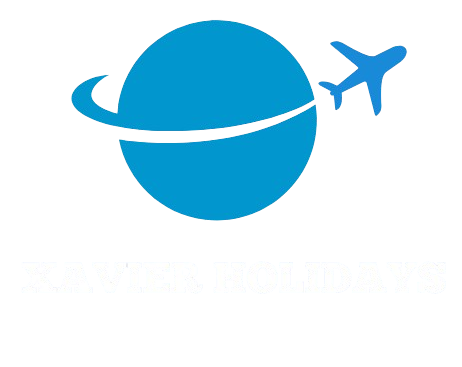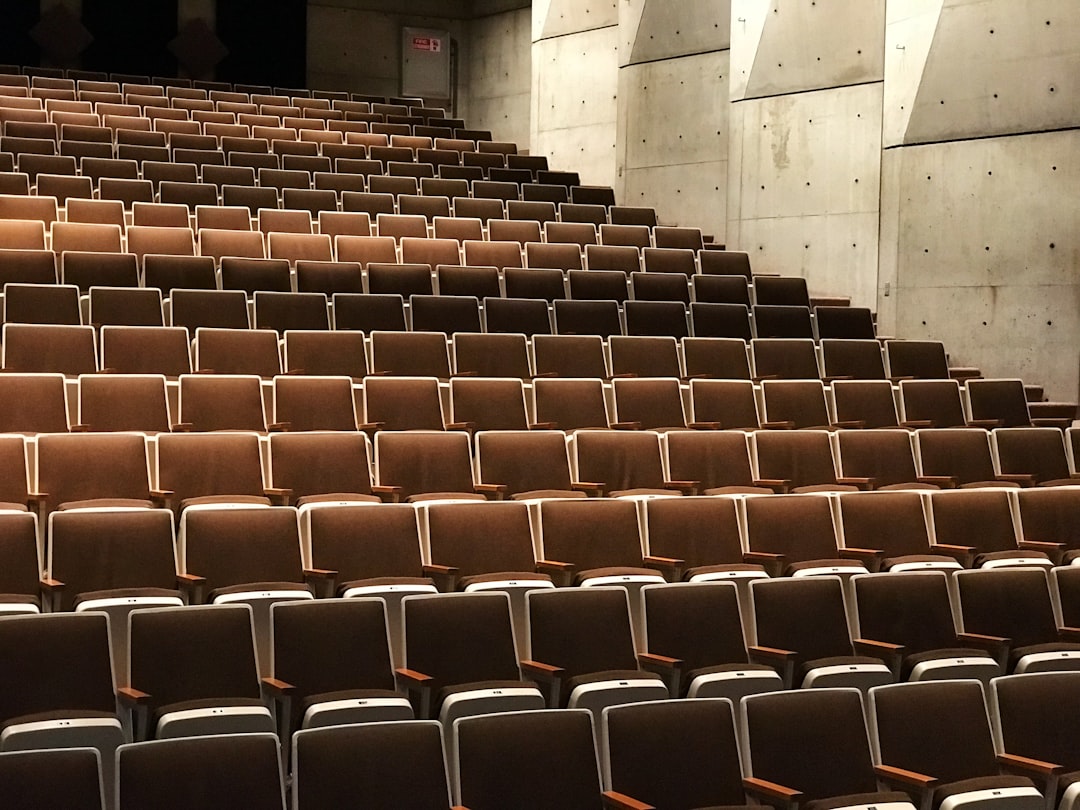Elevate Your Event: The Art of Conference Planning for Every Budget
In today’s fast-paced business world, conferences are not just gatherings; they are epicenters of knowledge, networking, and innovation. However, the art of conference planning can often feel overwhelming. From budgeting to logistics, the myriad details can seem like an insurmountable mountain. But fear not! This guide will walk you through the essential steps to plan an impactful conference, no matter your budget.
**Understanding the Basics**
The first step in conference planning is establishing your goals. What do you want to achieve? Are you looking to share knowledge, foster networking, or launch a product? Having clear objectives will guide all your subsequent decisions.
Next, set a realistic budget. A well-defined budget allows you to prioritize essential elements of the conference, from venue selection to speaker fees. Remember, a successful conference doesn’t have to break the bank. There are numerous budget-friendly options that can provide high value without the hefty price tag.
**Budget-Friendly Options**
If you’re operating on a shoestring budget, consider hosting your conference in a local community center or even your office space. These venues often offer affordable rates and a familiar environment that can make attendees feel at home. Another tip is to leverage technology. Virtual conferences have gained traction and can save on travel and accommodation costs. Platforms like Zoom or Microsoft Teams can help you connect with speakers and attendees worldwide without the added expenses.
Also, consider collaborating with local businesses for sponsorship. In exchange for exposure at your conference, businesses may be willing to provide financial support or in-kind donations, like catering or printing services.
**Luxury vs. Affordable Choices**
For those with a more luxurious vision, the conference landscape opens up a world of opulence. Think high-end venues with stunning views, gourmet catering, and renowned keynote speakers. However, it’s essential to balance luxury with purpose. High-quality doesn’t always mean high-cost. Sometimes, a unique experience—like a beautifully themed dinner or interactive workshops—can leave a lasting impression without the premium price tag.
**Eco-Friendly Alternatives**
In our increasingly eco-conscious world, incorporating sustainable practices into your conference planning is a great way to align with modern values. Opt for digital materials instead of printed programs, use biodegradable utensils, and encourage carpooling or public transportation among attendees. These small changes not only help the environment but also reflect positively on your brand.
**DIY Approaches**
If you’re feeling particularly ambitious, consider a DIY approach to certain aspects of your conference. This can be especially effective for smaller gatherings. Create your own signage, use local artisans for decorations, or even curate a playlist of local musicians to enhance the ambiance. The key is to add personal touches that reflect your vision and values.
**Unconventional Uses of Conferences**
Conferences don’t always have to be strictly business. Think outside the box! Use your conference as a platform for community engagement, charity fundraisers, or even wellness retreats. This approach not only diversifies your audience but also adds an element of fun and engagement, making the event more memorable.
**Productivity Hacks**
Maximizing productivity during your conference is crucial. Encourage attendees to set goals for what they want to achieve at the event, and provide them with tools—like goal-setting workshops or productivity apps—to help them stay on track. Consider structuring sessions to allow for ample networking time, as connections made can often be as valuable as the information shared.
**Psychological Impacts**
Finally, it’s essential to recognize the psychological impacts of conference planning. The atmosphere you create can significantly affect attendee engagement. Incorporate elements of design psychology: bright colors can stimulate energy, while soft lighting can foster relaxation. Create breakout areas where attendees can unwind and recharge, which can enhance overall satisfaction with the conference experience.
In conclusion, effective conference planning is about creativity, organization, and understanding your audience. Whether you’re planning a lavish affair or a simple gathering, the essence lies in creating an environment that fosters learning, networking, and inspiration. With the right approach, your conference can leave a lasting impact, ensuring that attendees walk away with not just knowledge, but connections that can propel them forward in their professional journeys.

